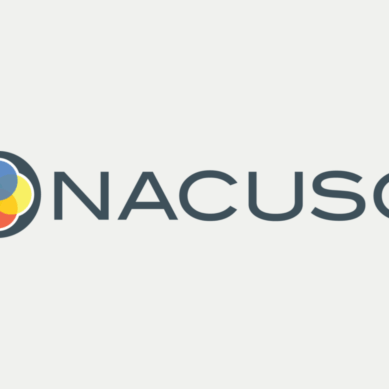82% Say Fully Digital Experience Is Important, Yet Only 9% Currently Offer a Full Suite of Digital Lending Experiences
Wolters Kluwer, a global leader in professional information, software solutions, and services, recently released the results of an industry survey of credit union executives that takes the pulse of the current environment for the adoption rate of digital transformation of back-office documents and workflow automation.
The online survey took place during the first week of May and was presented to more than 3,000 credit union executives across the U.S. The questions aimed to uncover what percentage of credit unions in the country are currently using digital tools for lending and other internal processes.
However, the survey results illustrate a significant competitive gap amongst credit unions adopting and operating fully digital environments.
Most believe it’s important, but lack means
The majority of credit union executives (36%) said they are currently leveraging digital strategies and tools for digital lending experiences for members and align with internal digitized workflows. Another 32% said they offer basic digital lending (online banking) experiences for members.
Even though 82% said it is either “somewhat” or “very” important to create a fully digital experience, less than 10% of respondents (9%) said they currently offer a full suite of digital lending experiences, including banking and loan applications online.
An alarming 72% of executives said they are not confident in their ability to create a fully compliant digital strategy that automates back-office processes with digital tools. When asked about their largest barriers to adoption, the largest number of respondents (31%) said they have been unable to find the right partner, and 28% cited a lack of tech resources. Budget was only mentioned by 14% of respondents.
Other significant highlights
- 82% said they either aren’t or are unsure if their credit union is processing data from their digital solutions to enable automation for their business functions.
- The largest number of respondents (27%) said “funding loans” represents the most important business area to automate using data; yet only 5% said they are already doing this.
- Another 26% said “reconciliation” represents the most important business area to automate using data; yet only 5% said they are also already doing this.
- 24% said they need to create a more seamless transaction experience for members to create a fully digital finance journey for members; 21% said enable greater compliance and adherence to federal regulations; 18% said offer securitization and asset monetization.
Of those credit union executives who are leveraging digital tools, 35% said it has created more efficiency through the process, 27% cited a reduction in errors, and 19% said it has reduced risks of compliance violations.
When asked about secondary markets, a staggering 83% said they either do not currently operate in securitized markets, or they would like to operate more of their portfolio in securitized markets. Of those credit unions that currently do not operate in secondary markets, 27% said they don’t have the tools to operate in the space, and 18% said they don’t have the knowledge of operating in the space.
“In today’s rapidly evolving financial landscape, it is crucial for credit unions to identify and collaborate with the right strategic partner to integrate advanced digital tools and automation in their back-office operations,” said Tim Yalich, Head of Motor Vehicle Strategy for Wolters Kluwer.
“By doing so, they not only streamline their internal processes but also significantly enhance their ability to attract and retain members and expand business opportunities in secondary markets. The integration of cutting-edge technology allows them to offer a seamless and personalized experience, meeting the increasing expectations of members.
The future is now
So, what do these results tell us? Despite recognizing the importance and need for these technologies, many credit unions are behind in their adaptation of them, either due to a lack of knowledge or the right partner. And while taking on a new vendor can be difficult with numerous considerations, these technologies will be necessary down the line.
“As [credit unions] bolster their operational efficiency, they position themselves more competitively against larger financial institutions in the broader lending environment,” Yalich concluded. “Embracing digital transformation is no longer an option but a necessity for credit unions committed to growth and excellence in member service.”






















































